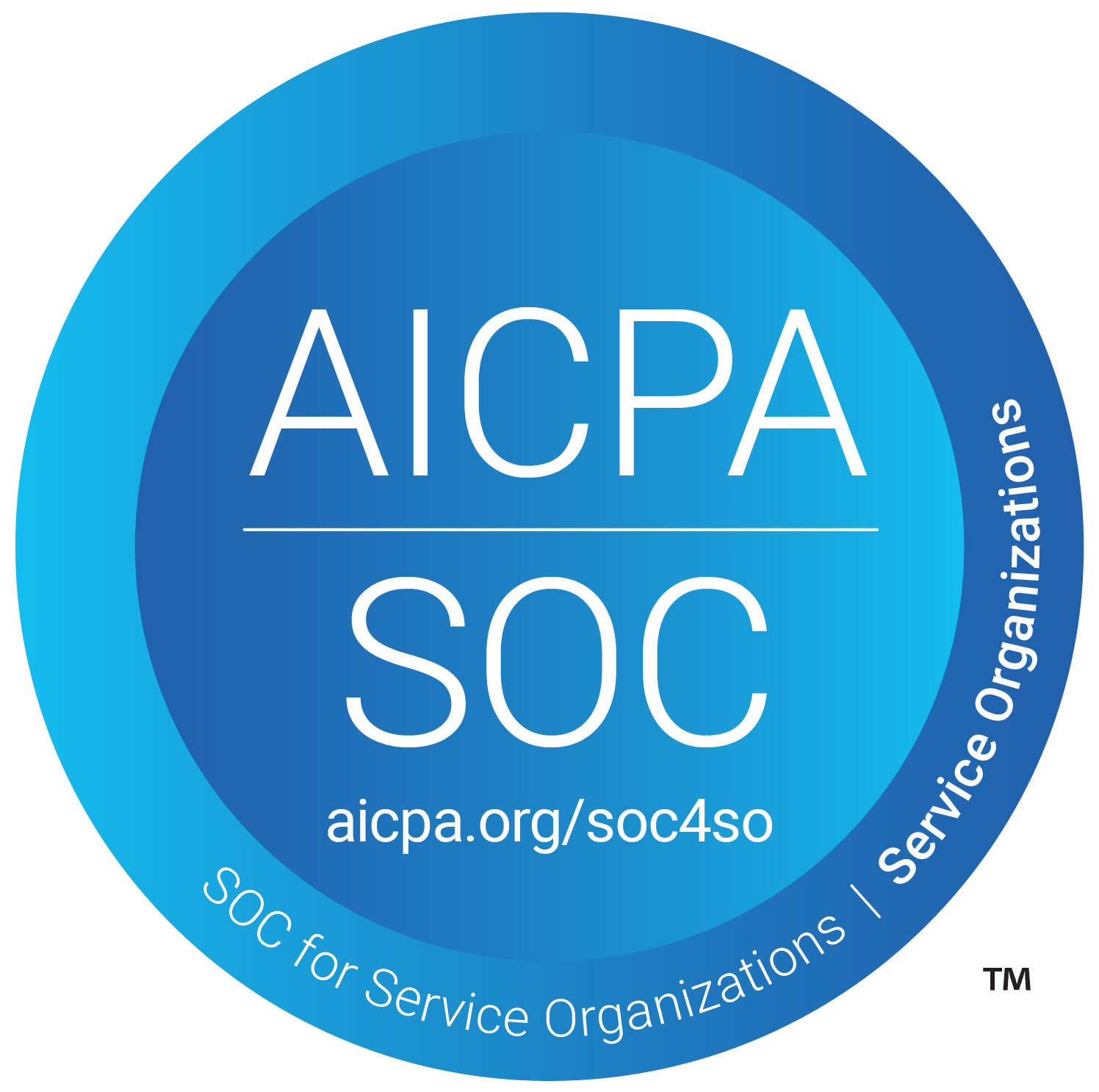WHAT IS CONTINUOUS TESTING AND HOW DOES IT WORK?

WHAT IS CONTINUOUS TESTING?
Continuous testing is a type of software testing that involves testing at every stage of the development life cycle. Continuous testing aims to assess software quality as part of an ongoing delivery process by testing early and regularly. In other words, it is the technique of running automated tests as part of the software delivery pipeline to quickly get feedback on the business risks associated with a software release candidate.
Development activities in older development models (such as waterfall) were centred around the concept of a handoff — when one team finished its tasks, it handed the software off to the next team, keeping responsibilities and activities separate. The emphasis on quality was the basis for these discrete processes. Teams had more time to complete their specialised jobs and ensure the best possible outcome.
However, with the demand for faster development durations, this outdated paradigm was no longer sustainable. Organisations sought a speedier way to develop and distribute products to their customers. To meet this ever-increasing demand for development pace, a newer development approach called Agile arose. Organisations used this concept to add more incremental activities that were carried out on a continuous basis.
CONTINUOUS TESTING IN DEVOPS
Software release cycles are decreasing in this increasingly fast-paced development environment, forcing organisations to adjust their procedures to stay up. Continuous testing plays a vital role in this achievement, as do DevOps approaches and tools.
CT promotes testing at all stages of the SDLC, from development to deployment, which helps to enhance the DevOps process. The idea behind DevOps and DevSecOps is to complete activities (such as security testing) as quickly as possible, thus speeding up all development operations. Continuous testing, which is included in this framework, ensures that development proceeds without stumbling blocks and that high-quality software is deployed. BENEFITS OF CONTINUOUS TESTING
Continuous testing ensures that software features are ready for prime time well before they are released. Developers and management can use actionable feedback to find and fix key flaws while the code is being written rather than afterwards. The design, development, and delivery of software updates have been sped up thanks to Agile, DevOps, and Continuous Delivery.
Releases might happen as frequently as every two weeks or as frequently as 1,000s of times each day.
Developers and managers gain from continuous testing because it allows them to run the right tests at the right times, allowing them to evaluate whether a shift left or shift right is required in their delivery pipeline. End-to-end testing using automated tools reduces false positives and timeouts that are common in traditional test environments.
WHY SHOULD ORGANISATIONS GO FOR CONTINUOUS TESTING?
Testing the software every time a new feature is added would take a significant amount of time and effort. Organisations, on the other hand, seek more efficient and straightforward solutions. As a result, enterprises are adopting a new approach known as “continuous testing,” which allows for faster and more seamless software development while also delivering high-quality software in a short amount of time.
The development life cycle benefits greatly from continuous testing. At a higher level, it eliminates the stumbling barriers that come with conducting testing in a single phase. Code is automatically tested as soon as it is connected with continuous testing. This immediately supports DevOps and the goal of producing high-quality software in a shorter amount of time.
CT also saves time and effort for developers because they no longer have to wait for QA teams to finish testing before they can fix their code. Instead, testing is done on a continuous basis, allowing for proactive adjustments to code quality and security issues in real-time. Multiple activities can take place at the same time.
Through a continuous feedback loop, continuous testing also reduces time-to-market. It brings together siloed teams to increase corporate efficiencies and bridges the gap between development, testing, and operations.
CONCLUSION
Continuous testing, when executed properly, ensures that the delivery cycle runs smoothly. The most effective option for a successful Continuous Delivery process is to include a fully automated Continuous Testing process into the SDLC.
Most businesses today have to deal with tight deadlines and constantly shifting demands from a well-informed client base. Continuous testing at each stage of software development reduces business risk and ensures that firms deliver high-quality, future-ready code.
What is BugBase?
Bugbase is a broad-spectrum Continuous Vulnerability Assessment Platform (CVAP) involving susceptibility analysis that ensures enterprises and businesses are secure by delivering an all-in-one platform for continuous and thorough vulnerability testing.
Bugbase allows you, as a corporation, to create bug bounty programmes and Vulnerability Disclosure Programmes, all while providing services like Ptaas(Pentest as service) and Enterprise VAPT by employing experienced security researchers and ethical hackers.
Various programmes for your company may be registered for and set up easily using Bugbase's coherent Platform. We will keep you updated on our most recent updates and at Bugbase appreciates you becoming a member of our BugFam! and hope you had a fantastic week.





